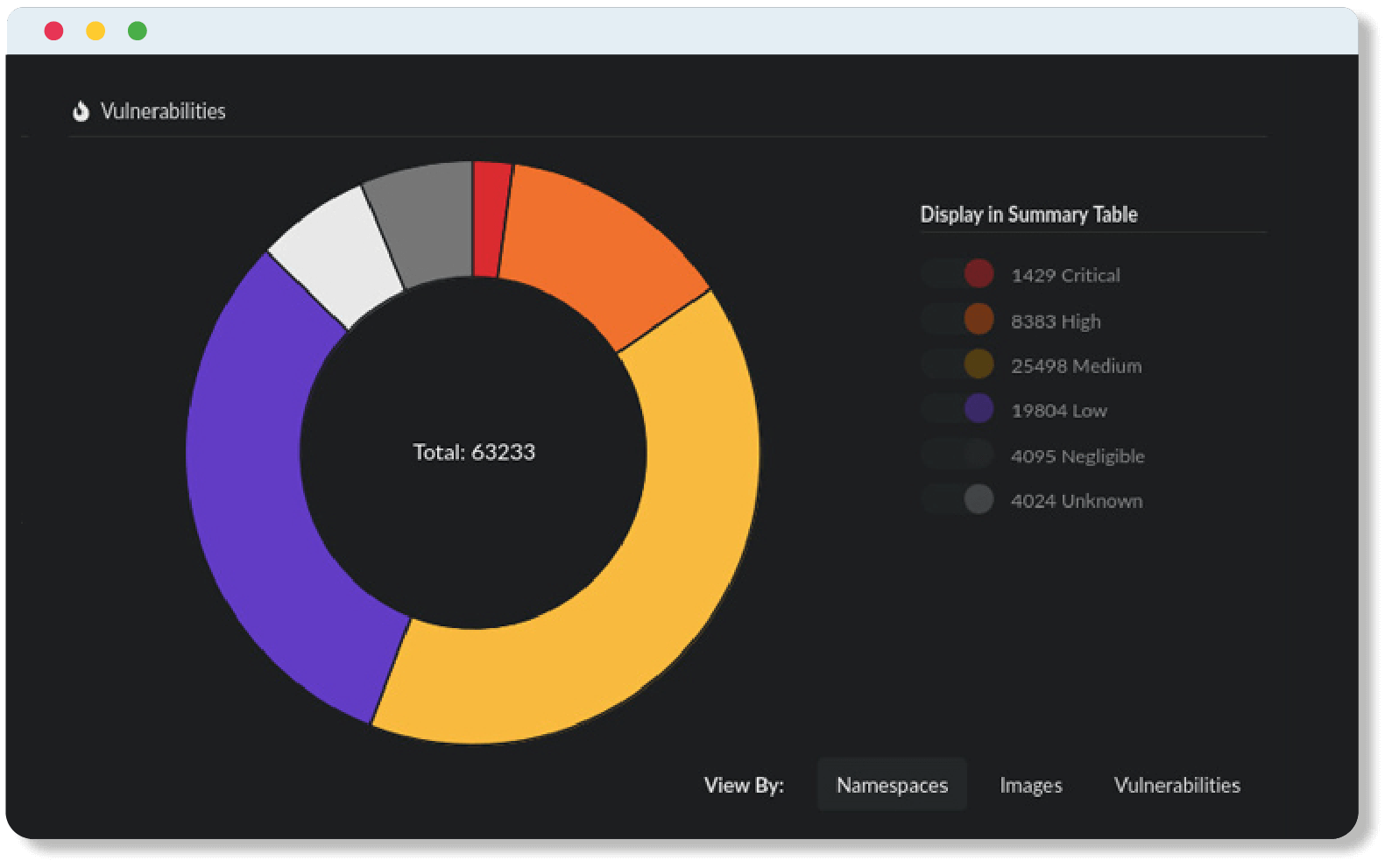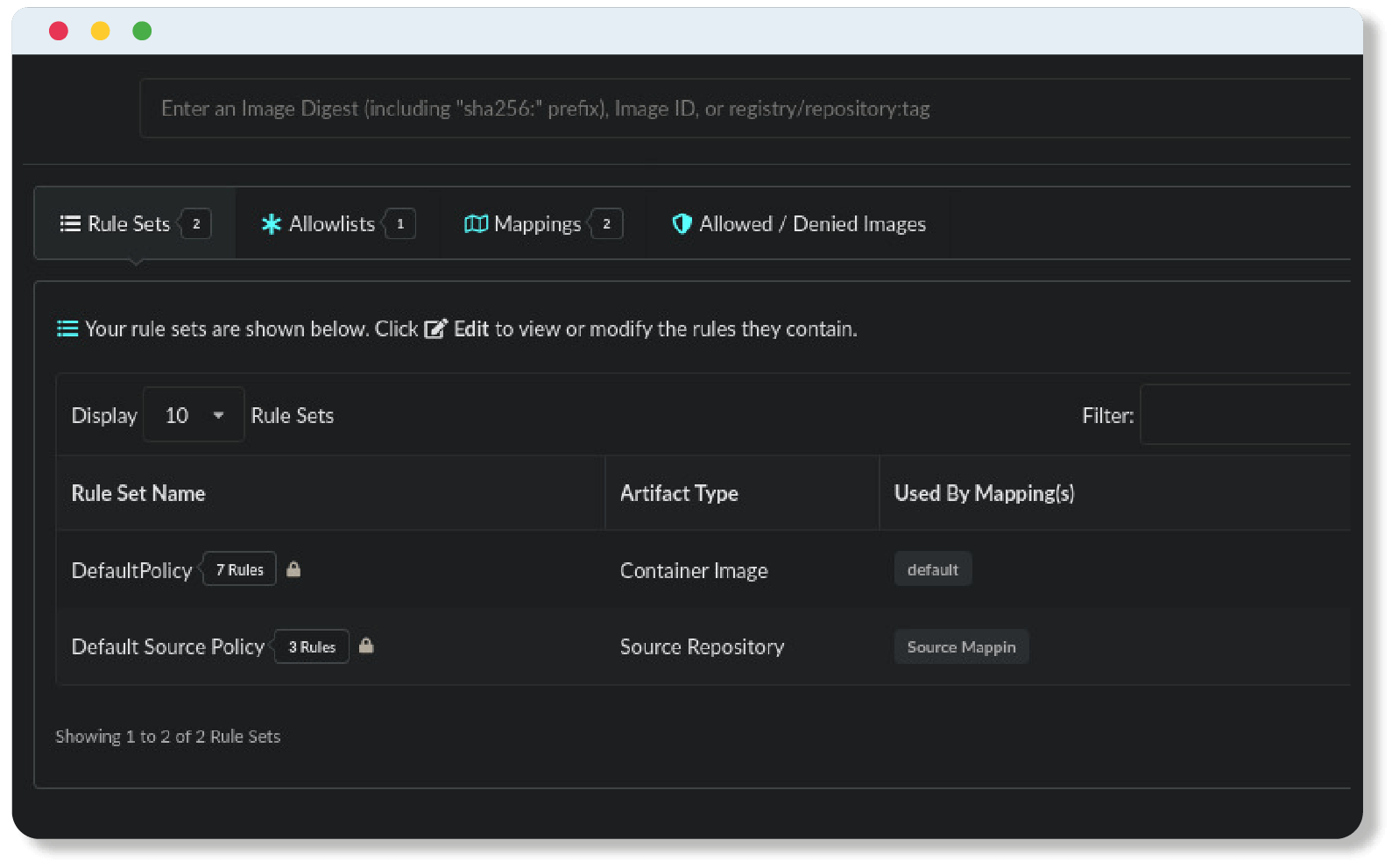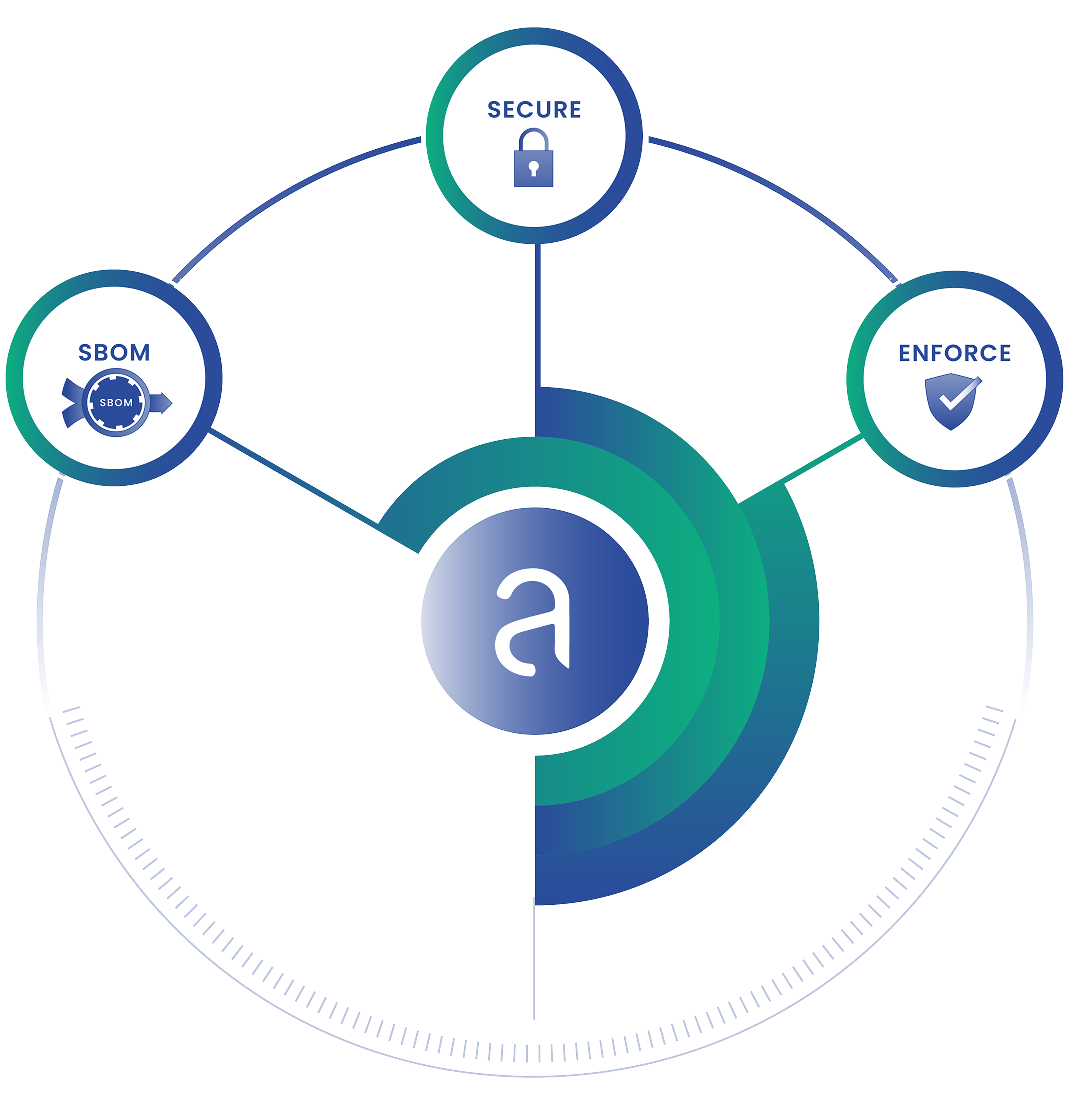We started the week with an exciting announcement about the Anchore Navigator which received a significant update with many new features, the two new features that are proving to be the most popular are the ability submit an image for analysis and the ability to subscribe to receive notifications when an image has been updated. But that’s not the only release that Anchore is announcing this week.
We are proud to announce the 1.1 release of the Anchore’s open source project. The open source engine is at the heart of all of our products – the Navigator, our SaaS service and our on-premise solution. The team at Anchore believes strongly in open source and especially in the need for open source solutions around compliance and governance.
How do you have confidence in a certification test if you don’t know that the test is being performed accurately and without any bias? By building the solution on top of an open source engine with compliance policies that are publicly available, anyone can re-run these tests to verify the results, in short, you can “trust but verify”.
The Most Notable Improvements in the 1.1 Release
-
Support for Ruby Gems
Anchore now supports detailed scanning for Ruby Gems. All Gems within the container image are reported including their name, version, origin, source, license and location. Anchore’s commercial release now includes a Gem data feed that provides detailed information about Ruby Gems published on the official Gem repository and this information can be used during policy evaluations. For example to check if a Gem comes from the official repository or to report on Ruby Gems that are not up to date. Other policy checks include blacklisting and license checking.
-
CVE scanning for Alpine Linux
Previously Anchore could report on files and packages within Alpine Linux based images but not report on CVEs. This release adds support for scanning Alpine images and reporting on known CVEs based on the vulnerability data found in Alpine’s security database and within the National Vulnerability Database (NVD) maintained by NIST.
-
Global Whitelisting
Anchore supports the creation of whitelists on a per-image basis – for example, “exclude CVE-2015-8710 from policy evaluation for image myapp:latest”. The 1.1 release allows a global whitelist to be created allowing organizations to define a curated list of CVEs or other policy checks that are globally excluded during policy evaluation.
-
Debian CVE scanning
Debian CVE reporting has been updated and will show the binary package that contains the CVE rather than the corresponding source package.
-
UX and performance
A number of additional improvements have been made to improve user experience – for example simplifying command line options and to improve the performance of scanning.
More details can be found in the changelog on GitHub.
You learn more about our open source release here or contact us using the form below to schedule a 1-on-1 product demonstration.


